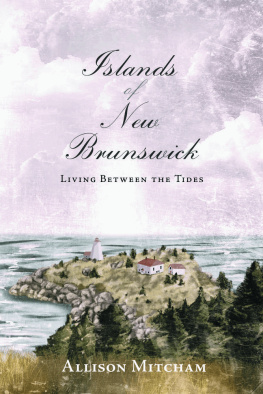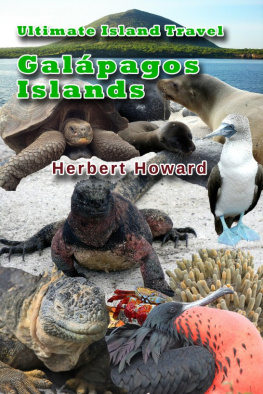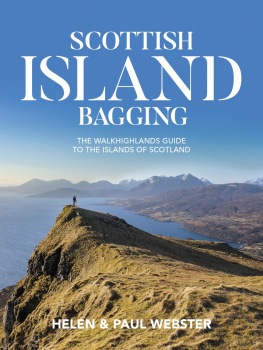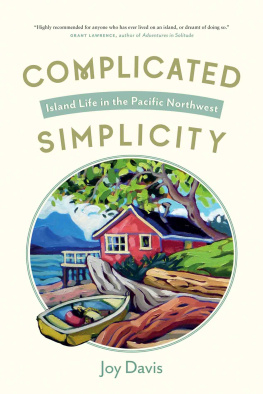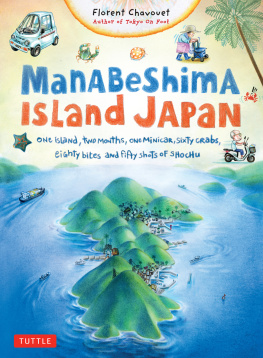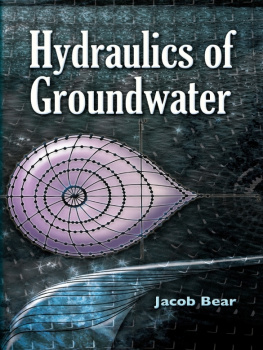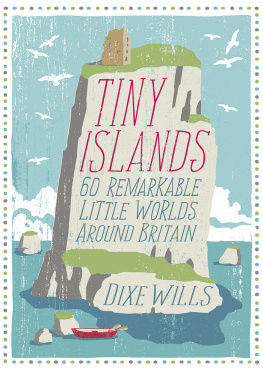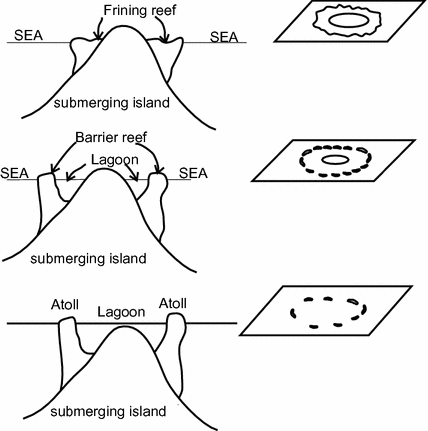1. Introduction
Water is essential for the survival of living being and their development. A very small part of total water available on the earth is potable. The water resource of India is described. The significance of the potable water resources becomes very significant in case of small coral island with high population density. The potable water on small coral island is found in the form of thin floating groundwater lens. The formation of small coral island is presented.
The small coral islands, particularly, Lakshadweep, are described in detail. The sand bars, reefs and coral lands of Lakshadweep are presented in the form of maps with their locations, shapes and sizes. The population on these small islands is also presented with rate of growth of population. The higher population density on small coral island gives an idea regarding demand for potable water on these islands.
1.1 Fresh Water Resources
Water is essential element for the survival of lives on the earth. It is vital for the continued existence of any form of life on the earth. It is used for consumption and fulfills other needs of human, animals and plants. Also, it is being used for different purposes such as agricultural, industrial, power generations, navigations and recreation, etc. It is one of the most important elements for the prosperous growth of population and its sustainability on earth. In the past, many famous civilizations of world have grown and flourished in the vicinity of rivers with fresh water. The great old civilizations such as Harappan and Vedic, Ancient Egyptian, Shang, and Mesopotamia and Babylonia civilizations have flourished in Indus, Neil, Yellow and Tigris and Euphrates river valley systems. These river valleys have provided easy access to fresh and clean water to the populations. Further, the transportation through water ways was developed. The river valleys have also provided fertile soil for agriculture during floods.
The water is found to occur in ocean, lakes, rivers, ponds, in the pores of subsurface formations, and in the frozen regions on the earth. A total of 1386 million cubic kilometres (km3) of water is found on the earth. The details of distribution of water on the earth are described by Shiklomanov (). Out of total water on the earth, most of it (97.5%) is saline and major part of it is contained in the ocean. Only 2.5% of water on the earth is in the form of fresh water. Out of total fresh water, about 68.6% of the fresh water is in the form of glaciers and ice caps. Only 30.1% of fresh water is in the form of groundwater, whereas 1.2% is in the form of surface water and other forms of fresh water.
1.2 Water Resources in India
Rainfall is the major source of water that India receives every year. India receives about 4000 km3 of annual rainfall (Kumar et al. ). The net groundwater availability is estimated as 391 bcm. The net groundwater draft for irrigation, domestic as well as industries is estimated as 243 bcm. Therefore, the stage of overall groundwater development in the country is estimated as 61% as on 2009.
The availability of groundwater is again highly variable from place to place in India. At places, such as tiny coral island, although the annual recharge may be high, most of it goes as subsurface runoff to sea and very little is left in the form of groundwater.
According to an estimate by CGWB (). Therefore, the assessment of groundwater on tiny islands is vital requirement to be carried out. Further, it is essential to develop sustainable groundwater management scheme on these islands considering the current environmental situations prevailing on these islands.
1.3 Coral Islands
Coral islands are found in tropical and subtropical oceanic regions. It is formed from the organic materials derived from the skeleton of dead coral, other dead animals and plants associated with corals. Coral islands are often small in size. These are in low land with a few metres above sea level. The corals form reef in shallow water.
In the tropical and subtropical areas, coral colonies are grown under favourable oceanic conditions. These are found between 30N and 30S latitude. The growth of coral takes place at the shallow sea water (about 50 m) where there is abundant sun light. The ideal sea temperature required for the growth of corals is about 20 C. There should be adequate supply of oxygen, microscopic sea food and saltwater.
Darwin (.
Fig. 1.1
Formation of Atoll
However, the recent studies on reef growth have found that only considering the Darwins theory of subsidence is not enough to explain the formation and growth of coral reef and their present distribution. Numerical models have been used to explain the morphology of coral island and its evolution. The sea level oscillation over the glacial sea level cycles, geological evidence and paleoclimatic data, has been considered along with subsidence theory to model the growth and distribution of coral reef and atoll (Toomey et al. ).
In India, the reefs are formed in the area of the Gulf of Mannar, Palk bay, Gulf of Kutch, Andaman and Nicobar Islands and the Lakshadweep islands (Venkataraman ). The reef forms coral island only in the area of Lakshadweep while at other places these are fringing reefs.
The people on the islands of Lakshadweep depend on groundwater for their various needs, apart from small amount of water preserved through rainwater harvesting, desalinization and reverse osmosis plants. With growing population and change in life style, the demand for fresh water is also increasing which in turn increases the abstraction of groundwater. Since the groundwater is in the form of floating lens over the sea water and island is surrounded by sea, the groundwater is fragile body with greater threat of sea water ingress.
Therefore, the assessment and proper management of groundwater resources on the island is very vital for the sustainability of groundwater on the islands.
1.3.1 Formation of Lakshadweep Islands
There is a major linear feature seen, trending northsouth, in the Indian Ocean close to the southwestern coast of India (Fig. ). The linear feature is called Lakshadweep-Chagos Ridge. The ridge is slightly arc like structure and it is concave towards west. The ridge is about more than 2200 km in length that extends from Lakshadweep islands in the north (at 14N) to Chagos islands in the south (at 6S). Most part of the ridge is occupied by shoals, banks, coral reef and atolls. The depths of these are less than 1500 m. There are three major groups of islands. In the north, the group is called Lakshadweep islands, the middle is called as Maldives islands and the southern part is called as Chagos islands.
Fig. 1.2
LakshadweepChagos Ridge
The alignment of Chagos-Lakshadweep Ridge appears to be a continuation of the Aravalli hills of Rajasthan. This alignment has given rise to the speculation that islands are buried continuation of Aravalli mountain chains (Mannadiar ) have carried out geomorphological study and found that there is correlation of geomorphological trends between Lakshadweep islands and Western Ghats. They concluded that the transition zone between continent and ocean lies west of Lakshadweep islands.








